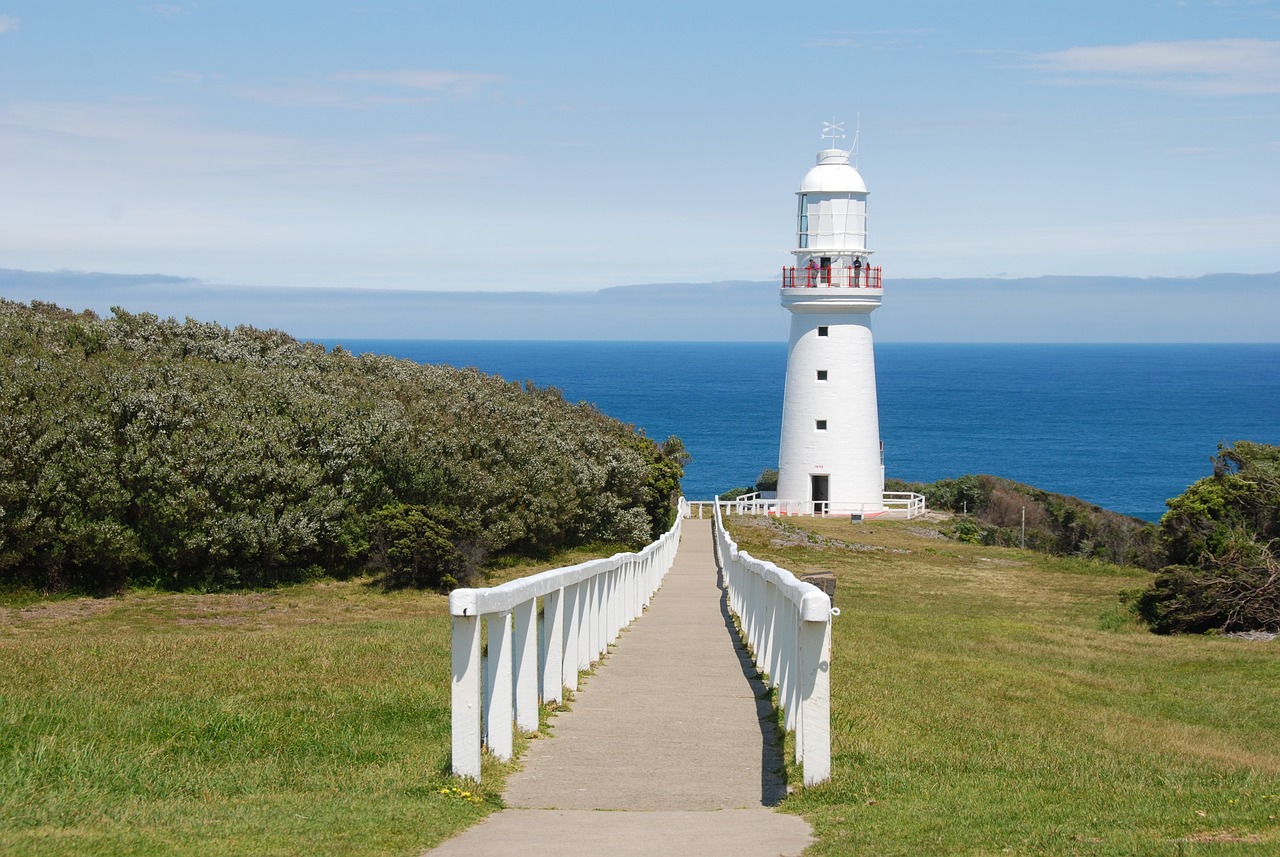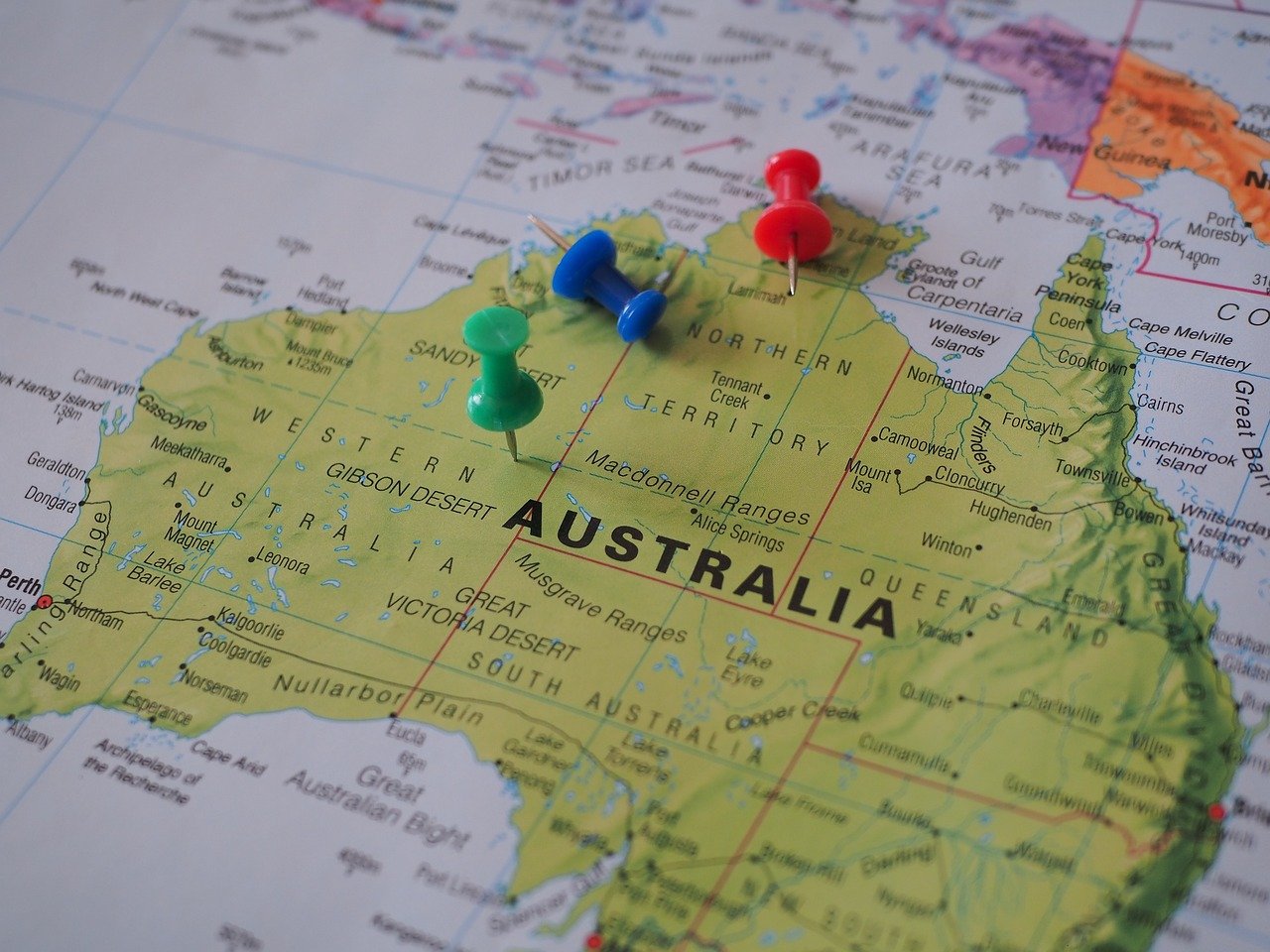
Table of Contents
My Journey to Master by Research in Australia: 🌏 🇦🇺 🚀
Born amidst the arid expanse of northern Punjab, Pakistan, the relentless sun and stifling heat served as catalysts for my dreams – dreams that transcended borders and soared towards distant horizons. Australia, with its promise of academic excellence and unparalleled opportunities, beckoned like a mirage in the desert. However, the formidable barriers of admission costs and independent living loomed large, casting shadows of doubt upon my aspirations. Faced with this daunting reality, I found myself standing at a crossroads, torn between abandoning my dreams or carving out a path to pursue education in the world’s top universities.
I found myself faced with only two options: to abandon this dream or to carve out a path to pursue education in the world’s top-notch universities. It brings to mind a quote from one of my favorite movies, “Catch Me If You Can”:
“Two little mice fell into a bucket of cream. The first mouse quickly gave up and drowned, but the second mouse, he struggled so hard that he eventually churned that cream into butter and he walked out.”
Inspired by the resilience of the second mouse in the fable, I embarked on a journey fueled by determination and unwavering resolve. In the realm of scholarships, the Master by Research program emerged as the beacon of hope, offering a gateway to the coveted Research Training Program (RTP) scholarship – a golden ticket to academic nirvana. Here unfolds the saga of my relentless pursuit of this prestigious scholarship, a journey marked by trials, tribulations, and triumphs.

🗺️ Exploring the Pathways:
Australia, with its esteemed universities and robust research ecosystem, stood as a beacon of hope on my educational odyssey. The Research Training Program (RTP) scholarship, offered by universities such as:
- The Australian National University (ANU)
- University of Sydney
- University of Melbourne
- University of Queensland
- University of New South Wales (UNSW Sydney)
- Monash University
- University of Western Australia (UWA)
- University of Adelaide
- University of Technology Sydney (UTS)
- Queensland University of Technology (QUT)
- University of South Australia (UniSA)
- Griffith University
- Macquarie University
- University of Wollongong
- Deakin University
(This list is not exhaustive, and there are other universities in Australia that also offer RTP scholarships. It’s always a good idea to directly check with the universities’ websites or contact their admissions or scholarship offices for the most up-to-date information on RTP scholarships and eligibility criteria.)

🌏 Finding Your Academic North Star:
Once you’ve meticulously selected the university that aligns seamlessly with your previous bachelor’s degree and expertise, the next critical step in the journey towards securing an RTP scholarship is finding a supervisor.
This task, often considered the most challenging aspect of the entire process, demands unwavering dedication and countless hours of effort.
Fortunately, virtually every university website hosts a dedicated tab for faculty or supervisor search, facilitating direct contact with potential mentors.
Navigating through this portal, you’re tasked with identifying a professor whose research interests closely align with your own.
This alignment is paramount, as it forms the foundation upon which your academic journey will unfold.
Delving deep into the professor’s research portfolio and publications, you must gain a comprehensive understanding of their expertise and scholarly pursuits. By meticulously examining their body of work and research interests, you’ll be equipped to craft a compelling research proposal tailored to their area of expertise.
Preparing this proposal demands meticulous attention to detail and a sound understanding of the professor’s research agenda. Aligning your proposal with their scholarly pursuits not only demonstrates your commitment to their field but also showcases your potential as a researcher. Alongside the research proposal, your email to the professor must exude professionalism and sincerity, detailing your academic background, research interests, and the significance of your proposed study.
Accompanying this email should be a comprehensive array of documents, including your:
1: CV
2: Degree and transcript
3: Statement of purpose
These documents serve as testaments to your academic credentials and underscore your suitability for the proposed research endeavor. However, it’s imperative to avoid the temptation of sending an empty email with attachments alone.
Having dispatched your meticulously curated email and accompanying documents, the agonizing wait begins. This period of uncertainty, marked by a relentless barrage of self-reflection and anticipation, is perhaps the most challenging phase of the entire process. Receiving responses from potential supervisors may range from swift approvals to protracted periods of silence, punctuated by occasional rejections. Indeed, navigating this emotional rollercoaster demands resilience, patience, and unwavering determination.
In my own journey, I reached out to over a hundred professors across various universities, meticulously crafting nearly five hundred emails and drafting over fifteen research proposals.
Each rejection, while disheartening, served as a catalyst for growth and self-improvement. It’s important to note that while the process of approaching professors may vary slightly across universities, the fundamental principles remain consistent. However, the University of Melbourne (UOM) distinguishes itself with its dedicated portal, “Find an Expert,” streamlining the process of identifying and contacting potential supervisors.
Securing a professor’s approval is often a delicate dance of luck and perseverance.
While some may receive prompt responses with a single email, others may endure protracted periods of uncertainty lasting months on end. Nevertheless, with unwavering determination and a steadfast belief in your capabilities, success is not merely an aspiration but an inevitability.
As you navigate the complexities of this process, remember that every rejection is but a stepping stone on the path to eventual triumph.
🚀 The Application Odyssey:
Once you get the approval of supervision from the professor, then you are all set to apply to the respective university.
Every university almost has the same procedure for applications. First of all, make an account on the respective university and read the instructions and requirements very carefully. Among the requirements, two most important ones are:
English Language requirement: that varies minimum 6.5 to 7 (but good bands always have a good impact) Second one is at least 75% + marks in your previous degree. Another major deciding factor is your previous research or at least you read a course on research methodology.
So if you have the following documents in hand, then you are ready to apply and it hardly takes 30 minutes to complete your application. Mandatory documents are:
1: Attested Degree
2: Attested Transcript
3: Research Publication (if any)
4: CV (must check whether the university uses the specific template and this template is available on the website)
5: Experience Certificate (if any, also check whether the university uses a specific template to fill for working experience, better to have research experience)
6: Two letters of reference (if you are a fresh graduate, then provide both from academic and if you have work experience, it is good to provide one academic and one professional letter of reference. Here, it is important to note that the University of Melbourne requires two academic and two professional letters of reference)
7: Statement of purpose or Motivational letter (must check the university guideline about this and always strictly follow that guideline for writing the SOP)
8: IELTS Academic/PTE/TOEFL certificate (minimum 6.5, no module less than 6, but some universities like the University of Sydney demand 7 bands)
🦘 The Waiting Game:
As the applications were submitted, I found myself thrust into the purgatory of anticipation
– a liminal space where hope and uncertainty intertwined.
The waiting game, fraught with anxiety and anticipation, tested the limits of my patience and resolve.
Days turned into weeks, and weeks into months, as I awaited news of scholarship decisions with bated breath.
Yet, amidst the uncertainty, I found solace in the knowledge that every moment of waiting was a testament to my unwavering commitment to academic excellence and personal growth.
🌏 The Triumph of Persistence:
Once you’ve completed your application, there’s usually a waiting period of about one to two months for the scholarship decision.
If you’re fortunate enough to receive the scholarship, it’s a moment to express gratitude.
The scholarship typically covers medical insurance, and flight tickets, and provides a relocation allowance of 2000 AUD. In total, you can expect to receive an annual stipend ranging from 33,000 to 37,000 AUD.
🇦🇺 Conclusion:
In conclusion, my journey to securing an RTP scholarship for a Master by Research program in Australia was a transformative odyssey marked by perseverance, dedication, and unwavering resolve.
From the deserts of Punjab to the academic corridors of Australian universities, the path was fraught with challenges and uncertainties, yet each obstacle became a stepping stone on the path to success.
As I reflect upon this journey, I am filled with gratitude for the opportunities that have come my way and inspired by the resilience that has carried me through. To all those embarking on a similar quest, I offer my sincerest wishes for success and encourage you to embrace the journey with courage, conviction, and unwavering faith in your abilities. For in the pursuit of knowledge, the greatest rewards often lie not in the destination, but in the journey itself.
FAQ
Ask us
Anything
about
Australia
What's the weather like in Australia?
Australia has different climates because it’s a big country. In general, the north is warm all year, while the south has seasons. Summers are hot, especially in the middle and north, and winters are milder, especially by the coast. But each state and area can have different weather, so it’s good to check before you go.
What's Australian culture like?
Australian culture is a mix of different things because lots of people from different countries live here. Australians are relaxed and treat everyone fairly. They like doing things outside, playing sports, and going to art shows. Indigenous culture is important too, with its own traditions and stories.
Where can students stay in Australia?
Students can live on campus, with families, in apartments, or hostels. Living on campus is easy and fun, while staying with a family lets you learn about Australian life. Apartments and shared houses give you freedom but need more planning. You can pick what’s best for you based on where you want to live and how much you can spend.
How do people get around in Australia?
Australia has trains, buses, trams, ferries, and planes. Big cities have lots of buses and trains, so it’s easy to get around. Smaller towns have fewer options but still have buses and trains. People also use taxis, bikes, and shared cars to travel.
What if students need medical help in Australia?
Australia has good healthcare. All students need Overseas Student Health Cover (OSHC) for medical help. There are public hospitals and clinics with doctors and nurses for emergencies and regular care. Universities also have health centers for students.
What can students do for fun in Australia?
There are lots of things to do! Students can go to beaches, parks, or wildlife areas. They can try sports like surfing or hiking. Cities have museums, art galleries, and theaters. There are also events, festivals, and clubs for students to enjoy.
What do students do on weekends in Australia?
Weekends are for relaxing and having fun. Students go to parks, beaches, or have barbecues with friends. They try new food at cafes or markets. Some go on trips or camping. There are also concerts, sports games, and other events to go to.
How does the education system in Australia work?
Australia has a high-quality education system with schools, universities, and vocational colleges. Students usually start with primary school, then go to high school, and can go to university or college after that. Universities offer bachelor’s, master’s, and doctoral degrees in various subjects.
Is Australia a safe place for students?
Yes, Australia is generally safe for students. Cities have good police and emergency services. It’s essential to take basic safety precautions like staying in well-lit areas at night, keeping belongings secure, and being aware of your surroundings. Universities also have support services for students’ safety and well-being.

My Journey to Master by Research in Australia
1. Embark on a Master by Research in Australia to gain advanced knowledge and expertise in your field while enjoying a vibrant academic environment.
2. The Research Training Program (RTP) scholarship offers financial support to domestic and international students pursuing research degrees in Australia.
3. Discover the numerous Australian universities that provide RTP scholarships, facilitating world-class research opportunities for talented students.


It is very informative blog. Keep providing such marvellous information. Good work!!!
Very Informative article. This Article gave me a quick and comprehensive overview about Australia. As an aspiring candidate I could now say that I have some knowledge to start my journey to Australia. Thanks.
Very interesting subject, regards for putting up.Expand blog